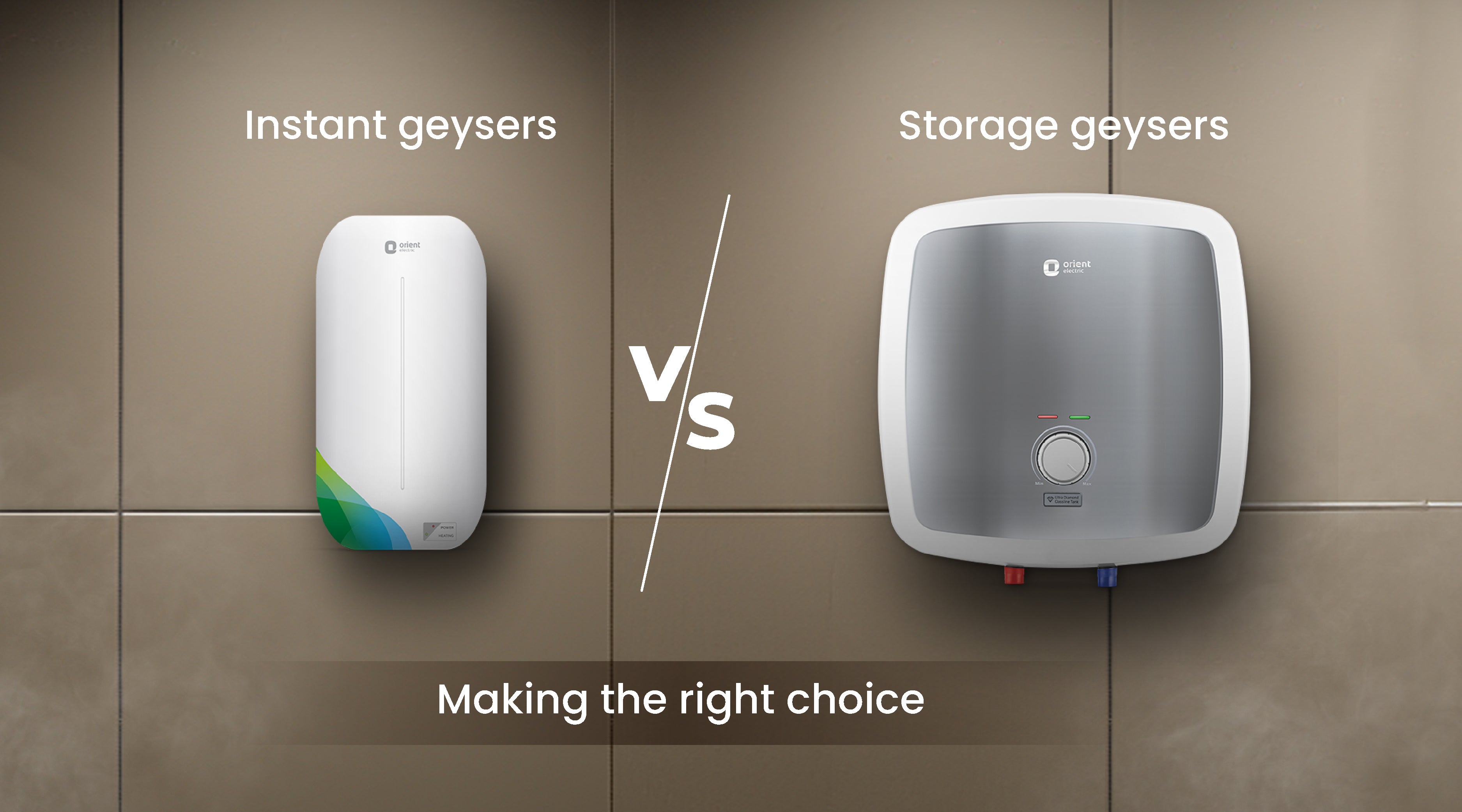Exactly how to Pick the Right Geyser to Optimize Energy Performance in your house
Selecting an energy-efficient geyser is not as uncomplicated as it seems, requiring cautious assessment of numerous elements. From understanding the various types of hot springs, to evaluating their power efficiency ratings and thinking about positioning method, each choice plays a crucial role in making best use of effectiveness. Stabilizing the initial financial investment with long-term financial savings is likewise crucial. Let's start this journey to find just how to make the most educated selection for a geyser that will certainly lower your energy expenses while making certain ideal efficiency.

Understanding the Various Types of Geyser
While there are different kinds of geysers readily available on the market, comprehending the distinctions between them is vital for power efficiency (geyser sizes). The initial kind, storage hot springs, are one of the most common and store warm water in a container for use when needed. They are readily available in different capabilities and are normally energy-efficient, but they can lose warm when not being used
The second type is the tankless geyser, which heats up water on need, bring about less energy waste but requiring a greater preliminary power draw. There are warm pump hot springs that utilize electrical power to relocate heat from one location to an additional rather of creating heat straight. They can be two to 3 times more power reliable than standard storage space geysers. Solar hot springs use solar power to heat the water, making them the most energy-efficient but additionally the most pricey.
Assessing Your House's Warm water Requirements
Prior to diving into the acquisition of a geyser, it is critical to assess the warm water requirements of your household. This analysis must think about numerous aspects including the variety of family members, regularity of warm water use, and the number of warm water outlets in the home (geyser sizes). A tiny household with infrequent warm water use might need a smaller sized, much less powerful geyser compared to a bigger household with multiple daily warm water needs
The sort of home appliances that call for hot water also play a substantial duty. Dish washers and cleaning machines, for example, may call for even more warm water than a straightforward shower or kitchen sink. Particular tasks such as showering or cleansing also affect the regularity and quantity of hot water needed.
Examining Power Efficiency Rankings of Geyser
Having actually evaluated the warm water demands of your home, it is essential to turn your interest to the power effectiveness rankings of geysers. These scores, normally offered as Energy Element (EF), suggest a hot spring's total power performance based on the amount of warm water created per device of gas eaten over a typical day. The higher the EF, the much more effective the hot water heater.

Factors To Consider in Geyser Dimension and Positioning
Beyond power effectiveness scores, the her explanation size and placement of your geyser are essential elements to take into consideration. The size of the geyser should straighten with your house's warm water requirements. A little geyser may use much less More hints power however may not provide adequate warm water for several uses at the same time, whereas a bigger system can meet greater need however may eat even more power.
Placement also influences power efficiency. Hot springs need to be set up close to factors of use to minimize warmth loss during water transportation. A centrally situated geyser can service several areas properly. Furthermore, considering thermal insulation, a hot spring located in a warmer location loses much less warm and for that reason makes use of less power to preserve the water temperature.
Expense Evaluation: Balancing First Investment and Long-Term Financial Savings
While size and positioning unquestionably play significant roles in a geyser's energy performance, one should not ignore the financial element. When taking into consideration the initial financial investment, the rate of energy-efficient geysers can be greater than standard designs. Nonetheless, the increased in advance expense can be countered by long-lasting power savings, making it a beneficial financial investment over time.
Analyzing long-term cost savings calls for an understanding of the geyser's energy rating. A home appliance with a my latest blog post higher rating will take in much less energy, equating to reduced energy costs with time. Furthermore, government incentives and rebates for energy-efficient appliances can also help recoup preliminary costs.
Ultimately, upkeep and life-span must be factored in. Energy-efficient hot springs commonly have much longer life expectancies and lower maintenance costs, adding to total cost savings. As a result, when balancing initial investment and lasting financial savings, one must think about not only the acquisition rate however likewise energy intake, federal government rewards, and maintenance prices.

Conclusion
These consist of understanding the kinds of geysers, assessing your family's hot water demands, examining energy performance ratings, and computing expense benefits. The ideal geyser size, positioning, and insulation can considerably lower power costs and environmental influence.